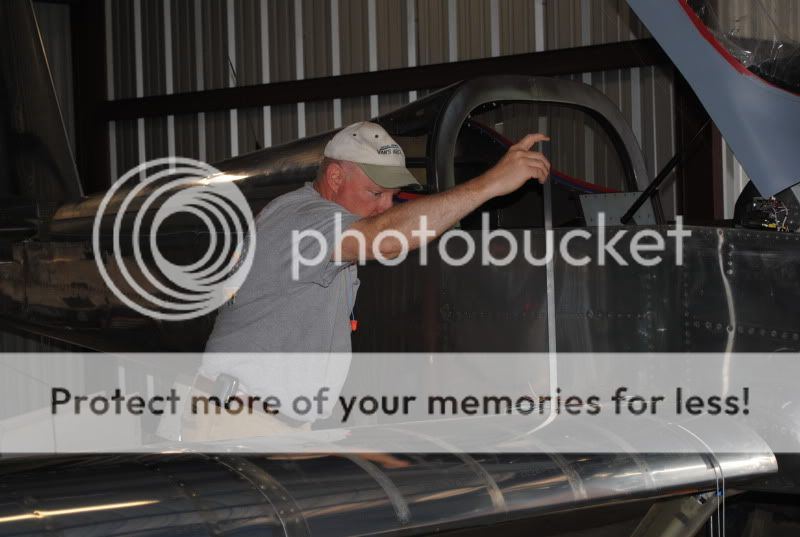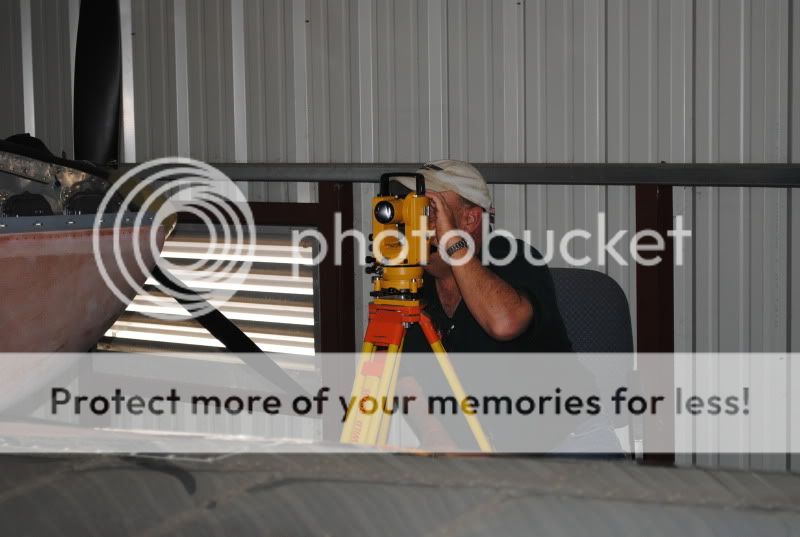People: I think there should be a better way then to permanently drill the aft spar before the first flight. You are fixing the incidence angle and if you end up with a heavy wing, you are resorted to moving the ailerons around or worst yet a tab.
Production aircraft have cam eccentrics which allow adjustment. My temptation is to fix the one wing with the standard AN5 bolt and use an AN3 or 4 on the other side just to get the airplane in the air to check how close one is to being in rig with the other wing. Granted this is beyond the scope of this forum to do the engineering analysis of such a practice, or the associated hazard, but would like to open it up for discussion if someone out there has a better method and or idea.
Production aircraft have cam eccentrics which allow adjustment. My temptation is to fix the one wing with the standard AN5 bolt and use an AN3 or 4 on the other side just to get the airplane in the air to check how close one is to being in rig with the other wing. Granted this is beyond the scope of this forum to do the engineering analysis of such a practice, or the associated hazard, but would like to open it up for discussion if someone out there has a better method and or idea.






